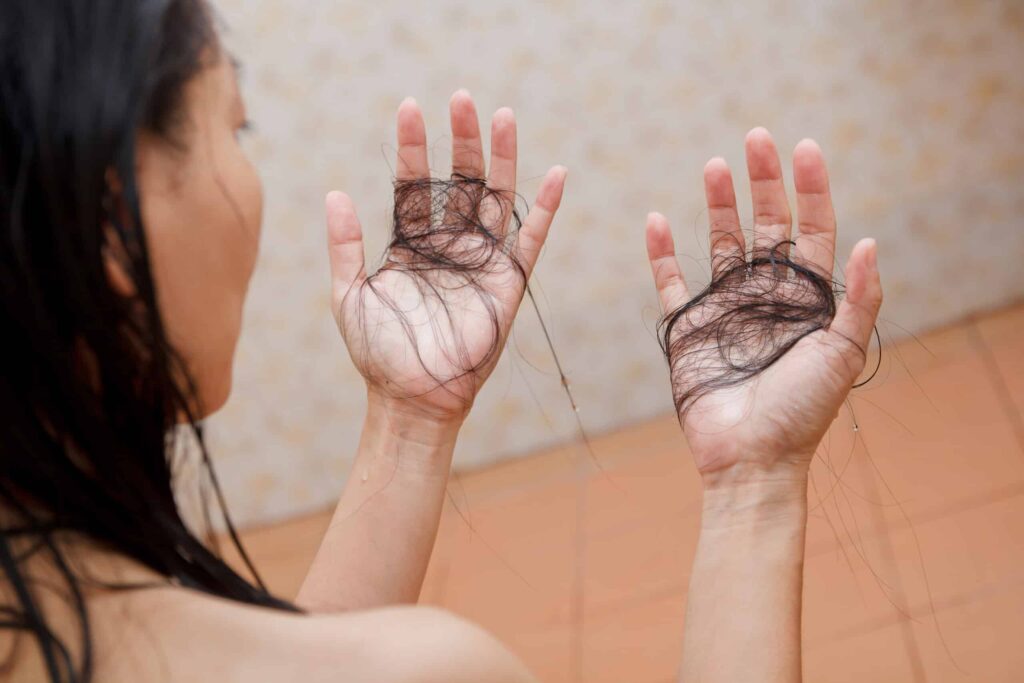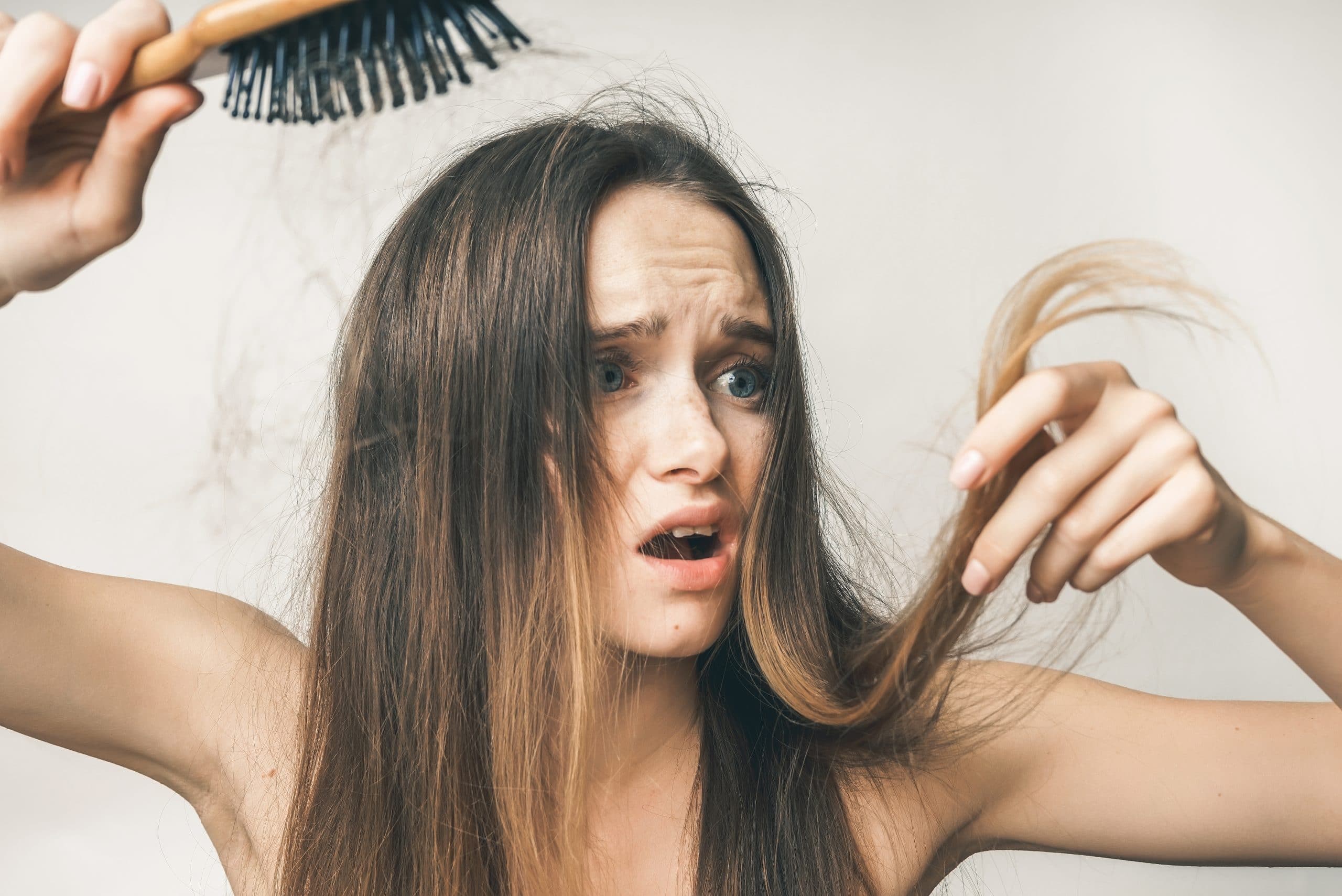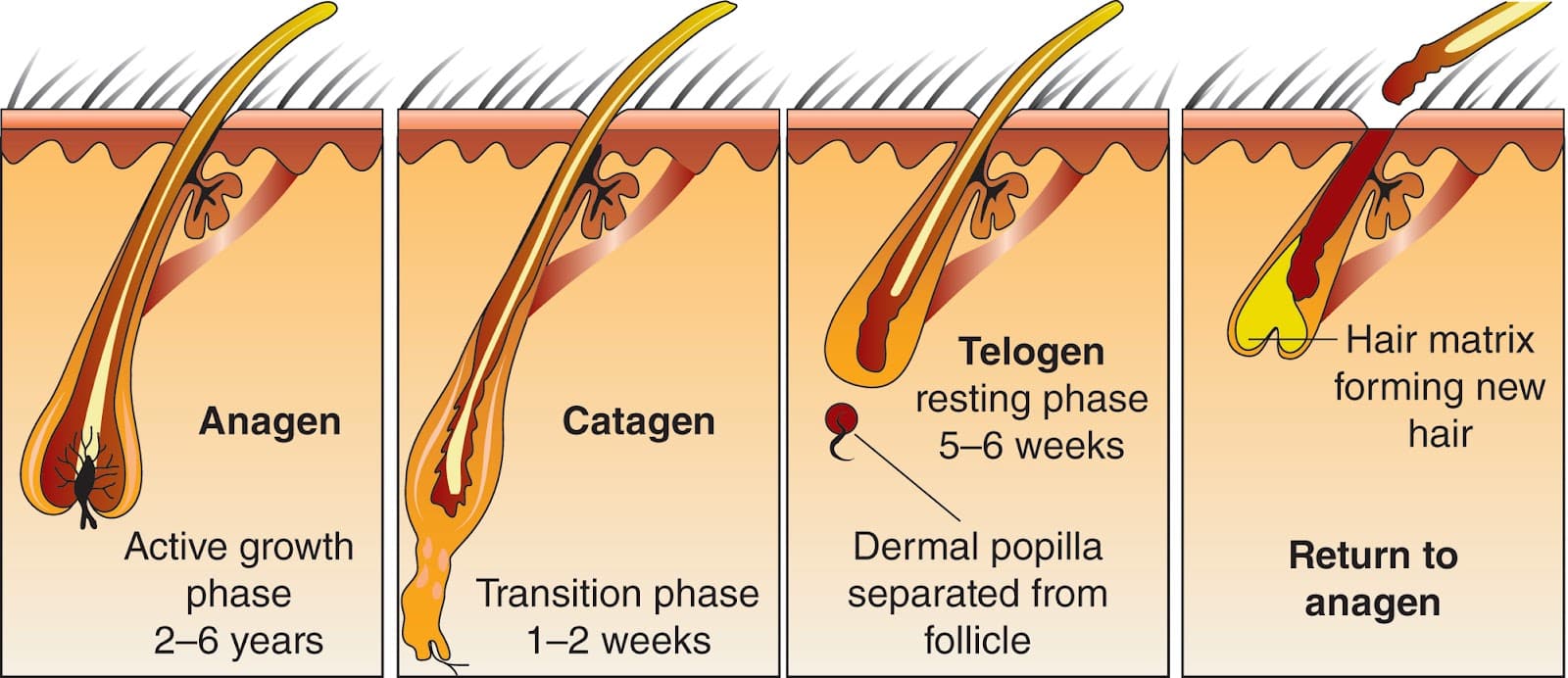


A teenager’s years are often filled with issues of finding their confidence among peers in this hyper-connected social media world, all while their body is going through so many hormonal and physical changes. It is often a time where most young men and women struggle with issues of confidence and body image too. If a teenager’s self-esteem or confidence was not high to begin with, it can take an even deeper dive if that teenager begins to experience hair loss symptoms. What’s worse is that hair loss during a person’s teenage years can lead to teasing and bullying, increasing mental and emotional stress levels, which then causes even more stress-related hair loss. It truly becomes a vicious cycle.
Losing hair during a person’s teenage years can often be a cause of concern, especially when it starts to look like hair loss that is more than normal. But what exactly is normal hair loss? That is what we will go through in this article – just exactly how much hair loss is normal for a teenager, and what teenage hair loss treatments in Singapore can be done. In the majority of cases, teenage hair loss can be reduced or prevented from getting worse through a few teenage hair loss treatments but the underlying issue should be identified first by a doctor as sudden hair loss might be a sign of an undiagnosed health condition.

Hair loss is usually determined by the normal life cycle of the hair in normal people without any medical or scalp conditions. Hair is made up of a protein called keratin. Keratin is also found in our skin and nails, and is a type of protein that is known for its hardiness, hence why it is mostly present in the body parts that need more protection (our hands and scalp!). A single hair consists of the hair shaft, which is the part that comes out of our scalp and shows; the root that lies below the skin; and the hair follicle which is where the hair root grows out from. At the bottom of the hair follicle is the hair bulb – like an onion bulb – which is where the hair’s colour pigment, or melanin, is produced.
Also Read: Different Types Of Hair Loss – When To See A Specialist
These hair follicles are actually always in action, constantly undergoing cycles of rest and growth. The rest phase a.k.a. the telogen phase lasts 5-6 weeks where the hair does not grow nor does it fall out. The early anagen or anagen phase which is the growth phase which can last for 2-6 years and where the hair achieves the most growth, and the degeneration phase called catagen lasts 1-2 weeks. This is why our hair is so unique.
Technically, hair is half dead – the hair root grows new cells and when these cells are pushed out to create more new ones, those old cells become the gorgeous hair that we see on the scalp while the growing hair stays rooted in our scalp and skin. When we ‘lose hair’, we’re losing the hair that is in the passing telogen phase which is about 8-9% of our hair at any given time. Since there are 100,000 hair follicles or more on each individual’s scalp, that means that losing 50-100 strands of hair each day is perfectly normal. Teenage girls who have longer hair strands may look like they are losing more hair, but that is because longer hair looks a lot more noticeable than shorter hair.
The type of treatment a teenager having hair loss needs really depends on the underlying cause of the hair loss.
Androgenetic alopecia can cause teenage hair loss due to strong genetic factors, especially in males. The hair follicles may be genetically more likely to convert testosterone to di-hydrotestosterone (DHT) which shortens the growth phase of the hair cycle, and makes hair follicles shallower causing hair loss. Physicians commonly use topical minoxidil and oral finasteride to help with this condition, depending on the individual teenager.
Polycystic ovary syndrome (PCOS) is a common female health condition causing the female body to produce excessive levels of male sex hormones like testosterone that can cause hair loss. It is usually addressed with oral contraceptive pills. Alopecia areata is also an autoimmune disorder where the teenager’s own immune system starts to damage hair follicles. Usually, the small patches of hair loss can regrow without treatment. However, if it gets worse, usually a corticosteroid cream or injection will be done over the affected areas.
This is known as unconscious hair plucking or hair pulling and is a psychological disorder where a person feels the overwhelming need to pull out their own hair. Treatment for this may require counselling or mental health help as it is considered as an addiction linked to psychoneurological factors – habits formed in childhood as a way to cope with stress and anxiety, or a chemical imbalance that is similar to obsessive compulsive disorder (OCD).
Teenage hair loss treatment in Singapore also needs to factor in getting enough calories for their daily requirements, obtaining enough nutrients for hair growth, and also having appropriate coping mechanisms for stress. Excessive hair loss from physical stress (improper diet) or emotional stress typically stops when the stress stops, and hair typically regrows in 6 to 9 months without any treatment.
Also Read: Guide To Hair Loss Treatments In Singapore
Teenagers are usually advised to wait before seriously considering hair transplants. Doctors may want to take the wait-and-see approach while utilising other forms of treatment such as topical minoxidil or lifestyle modifications before hair transplants become an option. This is because understanding the current teenager’s hair loss pattern and future hair loss possibilities needs time.
Even if teenagers are diagnosed with androgenetic alopecia, it cannot be ascertained just exactly how much hair and in what pattern the hair fall will occur in. Hence, if a teenager gets a hair transplant too early, they may need to do another one in the future if the pattern begins to progress. Waiting till a person’s late-twenties can help identify the hair loss pattern which can be taken into account while planning the hair transplant grafts. However, if hair loss occurs from an accident or scar, hair loss typically will not progress with age and a hair transplant may be suitable as it is not due to hormonal factors.
To proceed with the right direction in hair loss treatment Singapore, we need to be sure of where we are heading. This means identifying the root cause of teenage hair loss before proceeding with a treatment plan. Without addressing the right factors, whether it be mental health or nutrition or hormonal factors, we can find ourselves stopping short of achieving more long-lasting results. If you are unsure what treatments may help your hair loss conditions today, our team of professionals are ready to guide you to a more confident you!
Like what you read? Share them!